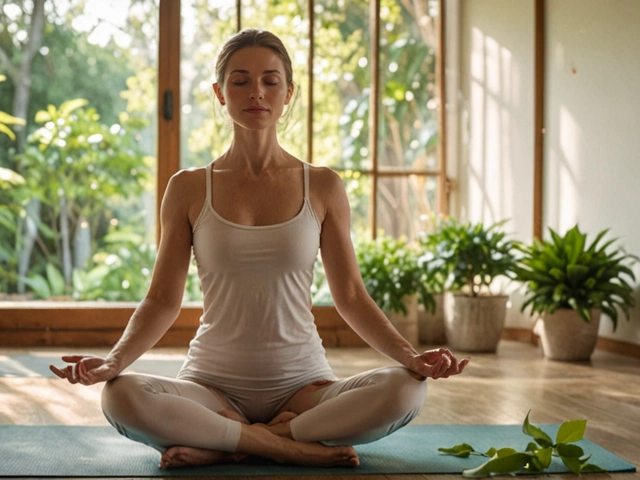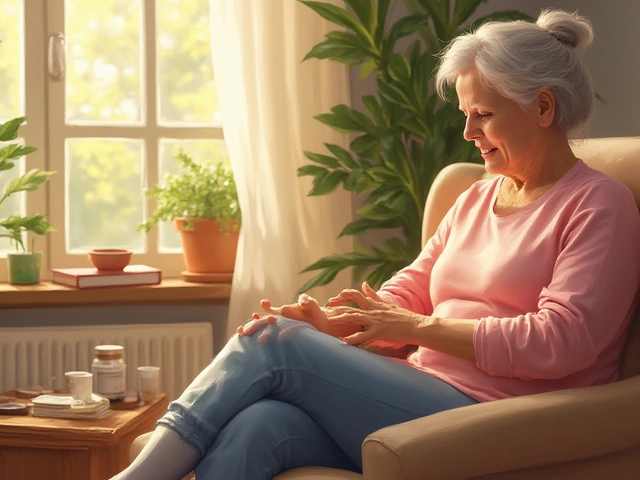Chronic Pain Alleviation: Practical Therapies That Actually Help
Chronic pain wears you down. You want clear options, not hype. Here I list hands-on therapies and simple practices that people use to reduce pain, move better, and sleep more. Each approach below is practical: what it does, who it helps, and one tip to try right away.
Hands-on bodywork that eases pain
Trigger point massage targets tight muscle knots and often gives quick relief. Try firm pressure for 10-30 seconds on a knot, then slowly release. Ortho-Bionomy and gentle methods use subtle movements to reset the body’s patterns — they’re great when deep pressure makes things worse. Rolfing and Hellerwork focus on posture and long-term alignment; expect slow, deep sessions that can change how you hold your body. Warm stone and hot/cold stone therapy soothe tense muscles and help circulation — perfect when stiffness spikes.
Amma, Lomi Lomi, Hilot and Laos massage use rhythmic strokes and stretching to relax tense areas and improve range of motion. Palliative massage focuses on comfort and touch during serious illness; it’s not about fixing anything but about reducing pain and anxiety. Blind massage therapists often have exceptional touch sensitivity and can find pain points others miss.
Movement, energy work, and self-care
Feldenkrais and Feldenkrais-informed sessions teach tiny, mindful movements that reduce strain and improve coordination. You don’t sweat; you learn new movement habits that cut pain over time. Polarity therapy and bioenergetics look at energy and how lifestyle affects pain — simple breathing, posture checks, and short movement breaks can help your brain and body feel clearer. Acupressure is easy to try at home: pressing known points for headaches, neck or low-back tension can offer fast relief.
When pain is tied to scar tissue or tendons, procedures like contractual tendon release may be considered; they target specific mechanical issues and often come with structured rehab. For chronic structural problems like scoliosis, Rolfing or targeted manual therapy sometimes reduce daily pain and improve posture. If you’re exploring options, ask therapists how many sessions they recommend and what improvements to expect week by week.
Quick practical tips: keep sessions consistent — weekly for six weeks is a common trial period; track pain scores and movement—write short notes after each visit; combine hands-on work with light daily movement (five to ten minutes); and pick gentle methods first if pain flares with strong pressure. Always tell your therapist about surgeries, medications, and any medical diagnosis before starting.
If you want targeted reads, search for articles on trigger point work, Ortho-Bionomy, Rolfing for scoliosis, Hellerwork, and Feldenkrais. These approaches appear again and again because they help real people move and feel better. Try one focused plan rather than hopping between trends; give an approach time and measure small wins.
Want a quick starting point? Try a two-week plan: three short sessions of gentle bodywork, daily five-minute movement, and acupressure for 7–10 minutes when pain spikes. Track sleep and pain levels. If nothing improves after the trial, see your doctor for imaging or specialist advice.
Small steps often lead to big changes. Start today now.

The Role of Knife Massage in Alleviating Chronic Pain
Hi there, in this post, we will be exploring the intriguing world of knife massages and their role in alleviating chronic pain. This unique and traditional method can surprisingly provide relief, by applying pressure to specific body points with dull knives. Join me in unraveling the mystery behind this age-old practice, its application and effectiveness. Looking forward to sharing this strange, yet fascinating journey in pain management with you all. Let's dive in together!
Categories
- Health and Wellness (148)
- Alternative Therapies (86)
- Massage Therapy (40)
- Travel and Culture (15)
- Beauty and Skincare (9)
- Holistic Health (8)
- Health and Fitness (5)
- Spirituality (5)
- Other (2)
- Personal Development (2)
Popular Articles



